



Water is one of the essential elements for life on our planet. Access to water has shaped where and how we live and plays a vital role in the development of ecosystems and adaptations in animals. Click through the tabs above and read through the resources below to learn more about water in our world.

Aesthetic value: a judgment of value based on the appearance of an object and the emotional responses it evokes.
Aquifer: a body of porous rock or sediment saturated with groundwater.
Bore water: groundwater that has been accessed by drilling a bore into underground water storages called aquifers.
Catchment: the action of collecting water, especially the collection of rainfall over a natural drainage area.
Climate: the weather conditions prevailing in an area in general or over a long period.
Climate graph: graphs that show average rainfall and temperatures typically experienced in a particular location.
Condensation: the conversion of a vapour or gas to a liquid.
Convectional rainfall: when the sun heats the earth surface, which causes water to evaporate from the earth surface, and thus, produces water vapour.
Deltas: a landform created by deposition of sediment that is carried by a river as the flow leaves its mouth and enters slower-moving or stagnant water. This occurs where a river enters an ocean, sea, estuary, lake, reservoir, or another river that cannot carry away the supplied sediment.
Developed country: a country that has a high quality of life, developed economy and advanced technological infrastructure relative to other less industrialised nations.
Developing country: a country with a less developed industrial base and a low Human Development Index relative to other countries.
Evaporation: process by which an element or compound transitions from its liquid state to its gaseous state below the temperature at which it boils.
Flash floods: a sudden local flood, typically due to heavy rain.
Floodplains: an area of low-lying ground adjacent to a river, formed mainly of river sediments and subject to flooding.
Floods: an overflow of water that submerges land that is usually dry.
Fresh water: water that is not salty, for instance water found in lakes, streams, and rivers, but not the ocean.
Frontal rainfall: occurs when two air masses meet. When a warm air mass meets a cold air mass, they don't mix as they have different densities (a bit like oil and water). Instead, the warm less dense air is pushed up over the cold dense air creating the 'front'. As a result, much like when air is forced up over mountains, the warm less dense air cools, and the water vapour condenses into water and falls as raindrops.
Ground water: the water present beneath Earth's surface in rock and soil pore spaces and in the fractures of rock formations.
Hard surfaces: an area covered in whole or in part with asphalt, concrete, interlocking brick or block, crushed or solid stone, gravel, slag, ground asphalt, wood or any non-porous material.
Hurricanes: a storm with a violent wind, in particular a tropical cyclone in the Caribbean.
Hydrological hazards: hazards involving water processes. Examples include floods, droughts, and tsunamis.
Icebergs: a large floating mass of ice detached from a glacier or ice sheet and carried out to sea.
Infiltration: the process by which water on the ground surface enters the soil.
Irrigation: the agricultural process of applying controlled amounts of water to land to assist in the production of crops, as well as to grow landscape plants and lawns, where it may be known as watering.
Levees: an embankment built to prevent the overflow of a river.
Murray-Darling Basin: a large area of south-eastern Australia where water flows through a system of interconnected rivers and lakes.
NGO: a non-profit organization that operates independently of any government, typically one whose purpose is to address a social or political issue.
Orographic rainfall: rain, snow, or other precipitation produced when moist air is lifted as it moves over a mountain range.
Pollution: the presence in or introduction into the environment of a substance which has harmful or poisonous effects.
Potable water: water that is safe to be used as drinking water.
PQE: a tool used by geographers to describe the data they have gathered (particularly on maps) and to look for patterns in this data.
Precipitation: rain, snow, sleet, or hail that falls to or condenses on the ground.
Rainfall: the quantity of rain falling within a given area in a given time.
Runoff: the draining away of water (or substances carried in it) from the surface of an area of land, a building or structure, etc.
Surface water: water that collects on the surface of the ground.
Temperature: a physical quantity that expresses hot and cold.
Transpiration: the process of water movement through a plant and its evaporation from aerial parts, such as leaves, stems and flowers.
Tropical cyclones: low pressure systems that form over warm tropical waters.
Tsunamis: a long, high sea wave caused by an earthquake or other disturbance.
Typhoons: a tropical storm in the region of the Indian or western Pacific oceans.
Water cycle: a biogeochemical cycle that describes the continuous movement of water on, above and below the surface of the Earth.
Water scarcity: the lack of fresh water resources to meet the standard water demand.
Water table: the level below which the ground is saturated with water.
Weather: the state of the atmosphere at a particular place and time as regards heat, cloudiness, dryness, sunshine, wind, rain, etc.


 The atlas of water: mapping the world's most critical resource
by
The atlas of water: mapping the world's most critical resource
by
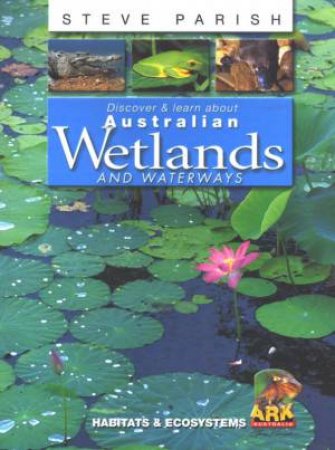 Discover & learn about Australian wetlands and waterways
by
Discover & learn about Australian wetlands and waterways
by
 Australia's coast the best beaches and coastal areas around the country
Australia's coast the best beaches and coastal areas around the country
 Discover & learn about Australian coasts and oceans
by
Discover & learn about Australian coasts and oceans
by
 Earth's changing coasts
by
Earth's changing coasts
by
 Forces of nature
by
Forces of nature
by
 DK guide to the oceans
by
DK guide to the oceans
by
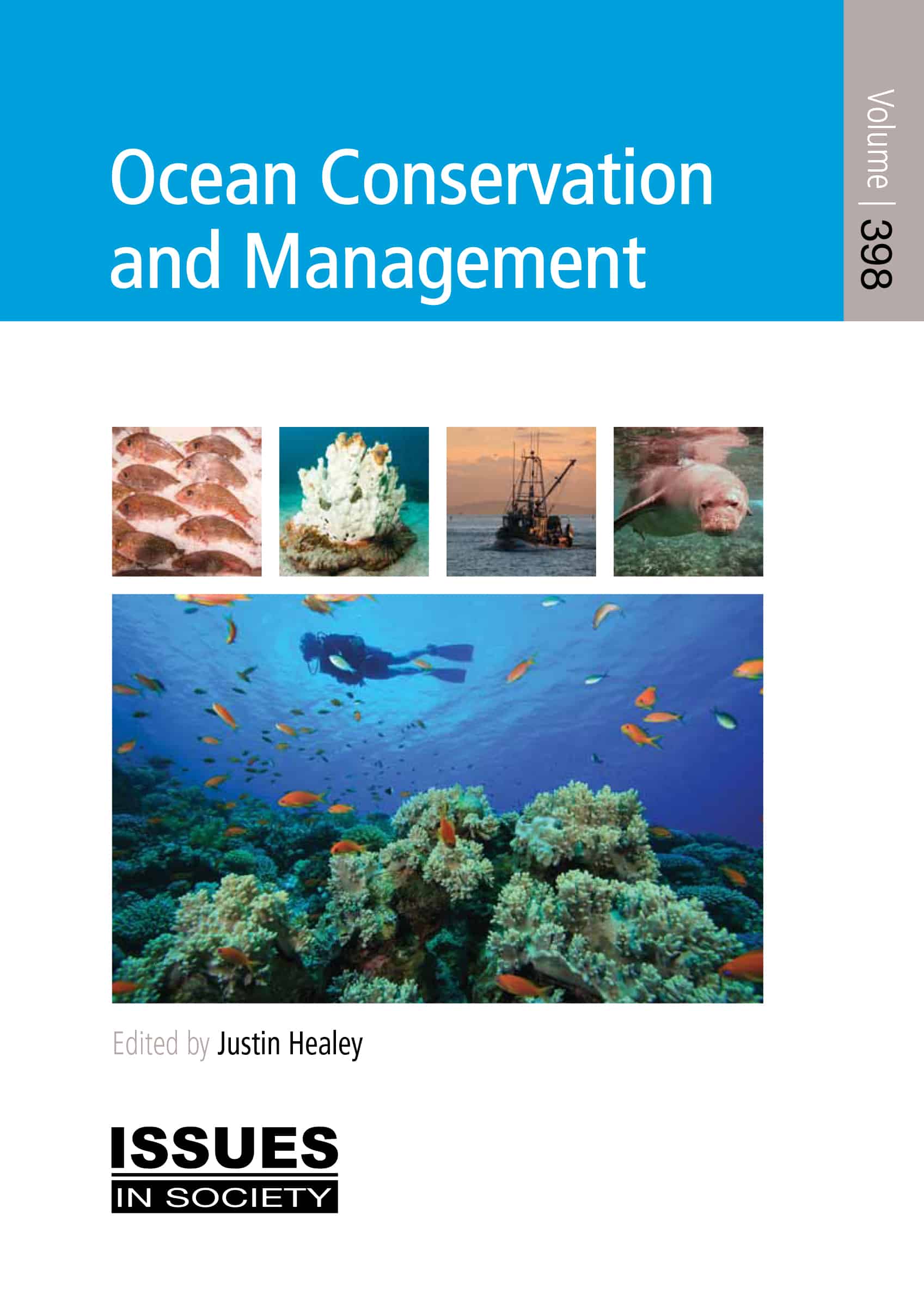 Ocean conservation and management
by
Ocean conservation and management
by
 Oceans
by
Oceans
by
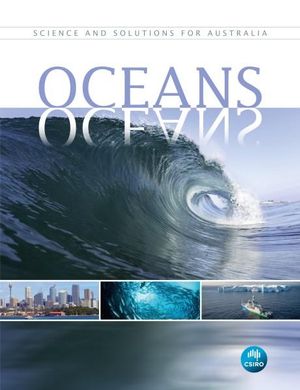 Oceans
by
Oceans
by
 The blue planet : a natural history of the oceans
by
The blue planet : a natural history of the oceans
by
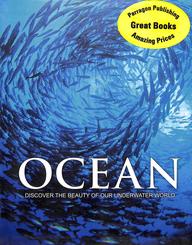 The mighty oceans
by
The mighty oceans
by
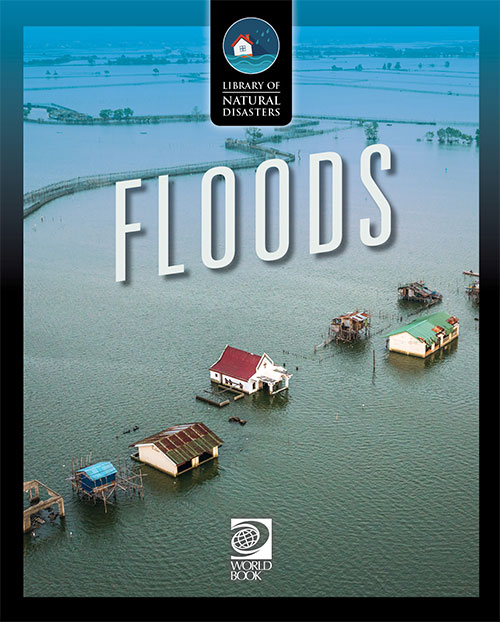 Floods
by
Floods
by
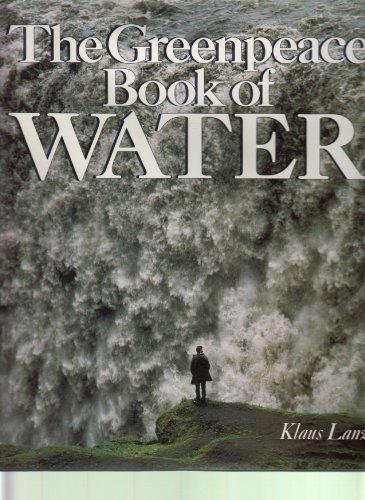 The Greenpeace book of water
by
The Greenpeace book of water
by
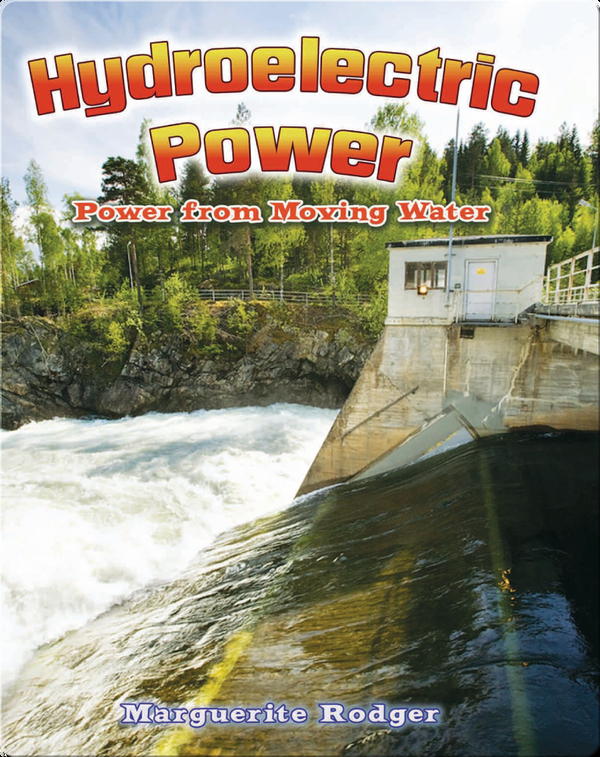 Hydroelectric power: power from moving water
by
Hydroelectric power: power from moving water
by
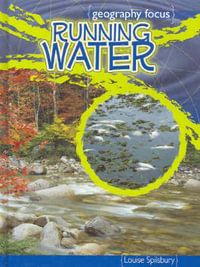 Running water: our most precious resource
by
Running water: our most precious resource
by
 Water crisis
by
Water crisis
by
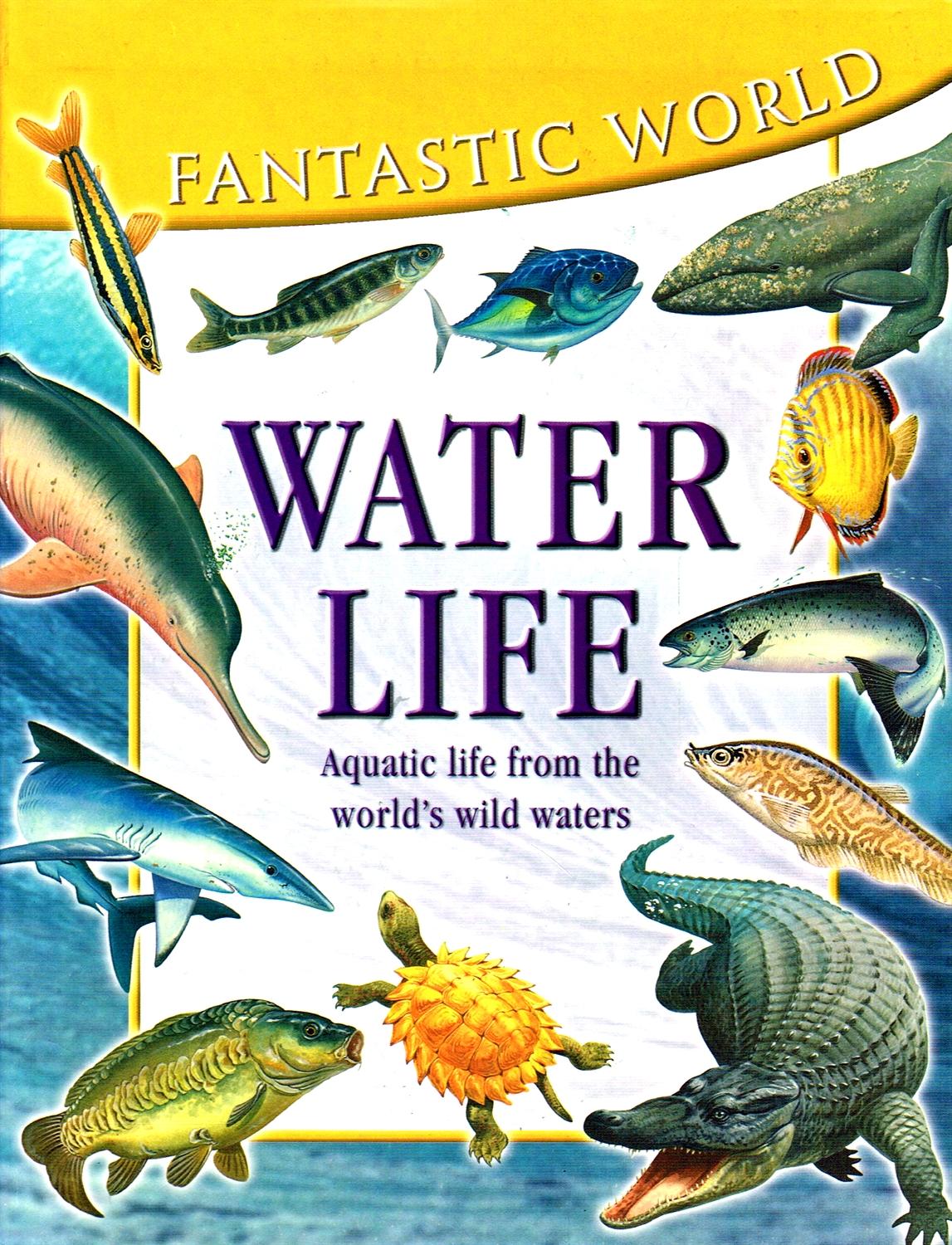 Water life
by
Water life
by
 Water: our most important resource
by
Water: our most important resource
by
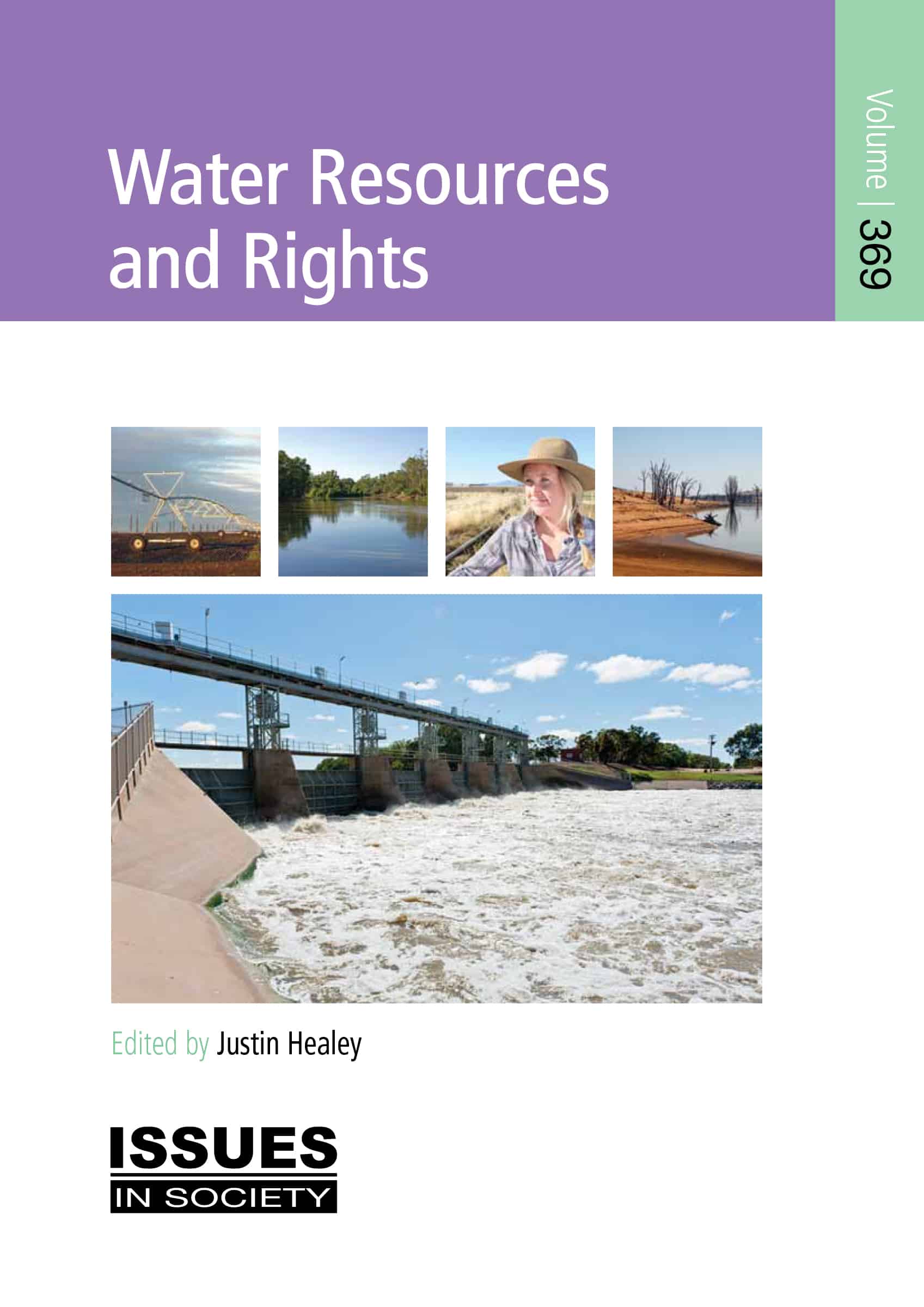 Water resources and rights
by
Water resources and rights
by
 Water supply
by
Water supply
by
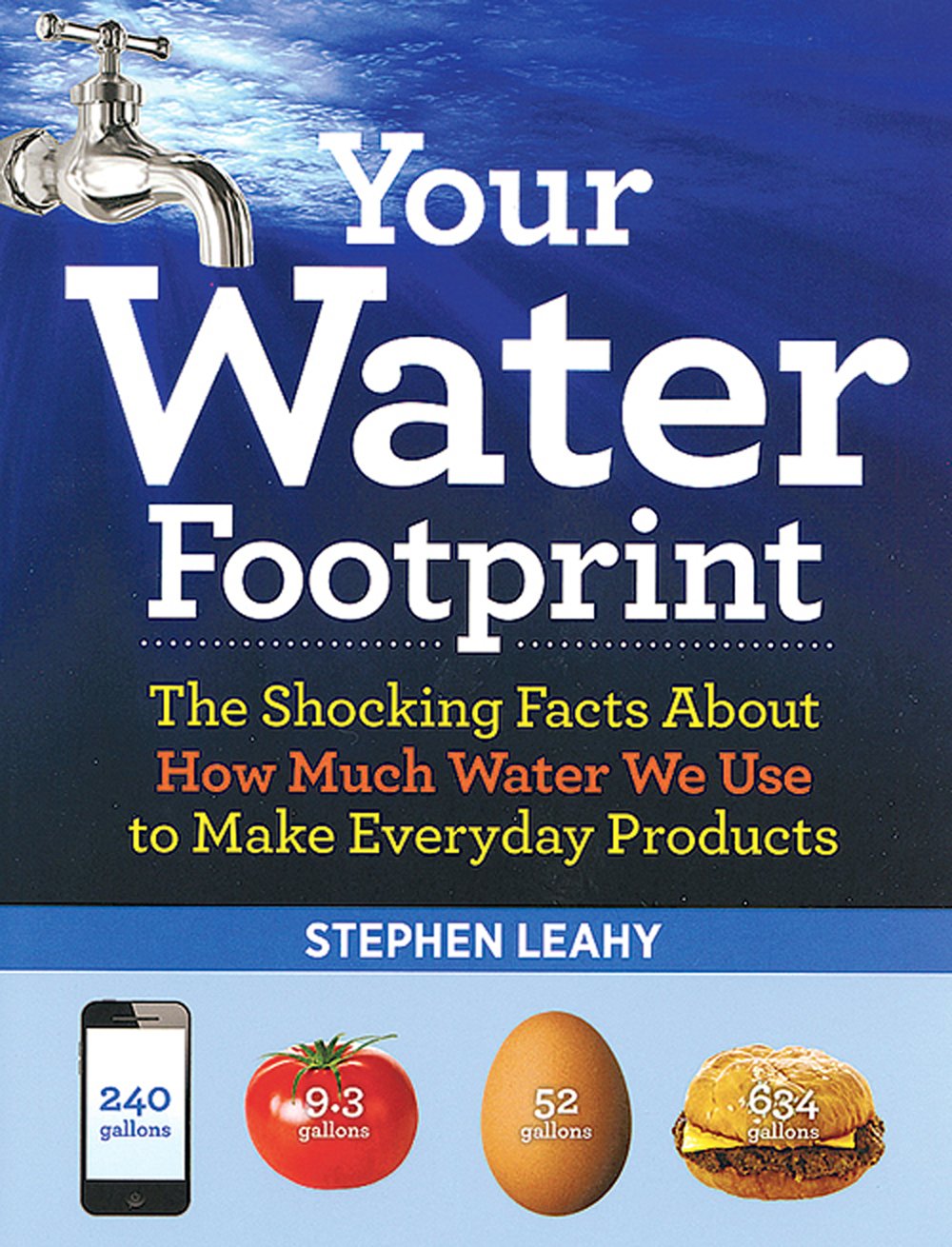 Your water footprint: the shocking facts about how much water we use to make everyday products
by
Your water footprint: the shocking facts about how much water we use to make everyday products
by